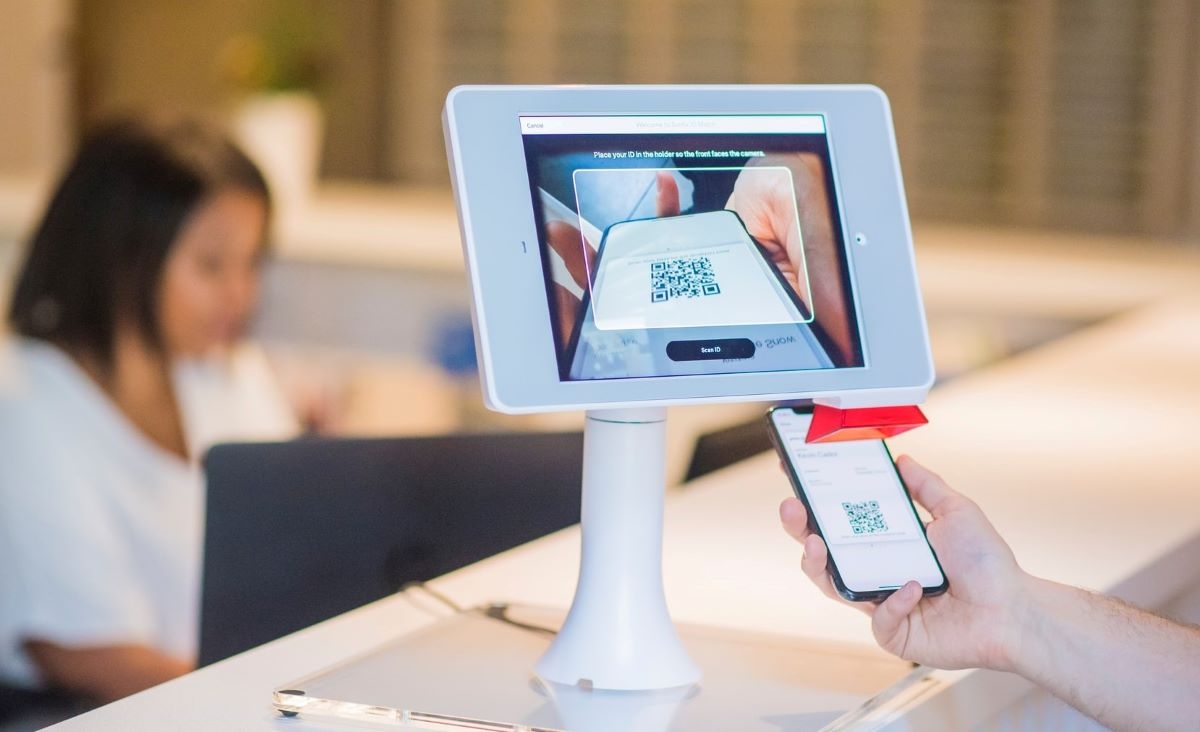
A digital vaccination scar for the 21st Century
By Kumanan Wilson
In the 1800s, smallpox ravaged the world. Fortunately, a vaccine had been developed that could protect individuals. This vaccine left a scar at the site of injection and identified the individuals as “immune.”
As we look towards the future of the COVID-19 pandemic, unless the virus burns out or an effective therapeutic intervention becomes available, the only way out of our current situation will be immunity – either natural or induced by a vaccine. If so, we will need to create a digital proof of immunity, a digital version of the smallpox scar, to help society to return to normal.
Ideally, a safe and effective vaccine will be available in the New Year. If this is the case, we will need to have effective systems in place to identify those who are immunized. Our existing system of largely paper records will not be adequate.
Here is how such a system should work.
Most provincial/territorial governments have repositories of immunization data. For the eventual COVID-19 vaccine, they will need to ensure that this data is accurate and that the individual identified did, indeed, receive the vaccine. The government could then issue a verified credential, an immunization badge, which contains an easily scannable barcode or QR code, through government portals. This can be consumable by third party apps or be downloaded similar to a boarding pass.
To enter into certain venues, such as sporting events or for international travel, the digital badge will have to be presented. The bar code will be scanned and matched to an individual’s ID card, just as we do for boarding passes. This will permit entry or travel. Exemptions will exist for medical reasons.
I expect our tolerance for philosophical exemptions will be much lower given the consequences on both health and the economy if outbreaks re-emerge.
Ideally an international standard for this vaccination will be set under the International Health Regulations which already provide guidance for Yellow Fever vaccine certificates (Annex 7). This guidance needs to take into account the digitization of these certificates.
More controversial is the issuance of digital badges for natural immunity confirmed by antibody testing. The science and ethics of this solution are not mature at present but that should not preclude us from considering this option.
As for immunization, antibody data from credentialed labs could be stored in immunity repositories and digital badges issued if a threshold of immunity is considered to be achieved. The most likely initial application of this solution will be front-line workers where, if we are confident natural immunity provides protection, we can create systems ensuring certain percentages of front-line workers are identified to be immune. This will create a form of “shield immunity” disrupting the transmission of the virus and protecting front-line workers and the people for whom they care.
A digital solution will have security and privacy risks that a paper record won’t have. However, a digital solution will be agile and adaptable in a way paper records cannot be. For example, if scientific evidence emerges on waning immunity, digital badges can be revoked. Decentralized ledgers (think blockchain) can facilitate the movement of this information across borders and between institutions.
As we enter into the next stage of this pandemic, we must start taking steps to ensure we have the right technology in place when science provide us with solutions. I have confidence that the combination of science and technology with ethical and legal oversight can accelerate our return to normal.

Kumanan Wilson, MD, MSc, FRCPC, is a physician at The Ottawa Hospital and a member of the University of Ottawa Centre for Health Law, Policy and Ethics. He has been a consultant to the World Health Organization on the IHR (2005).
Photo: Proxyclick Visitor Management System on Unsplash










